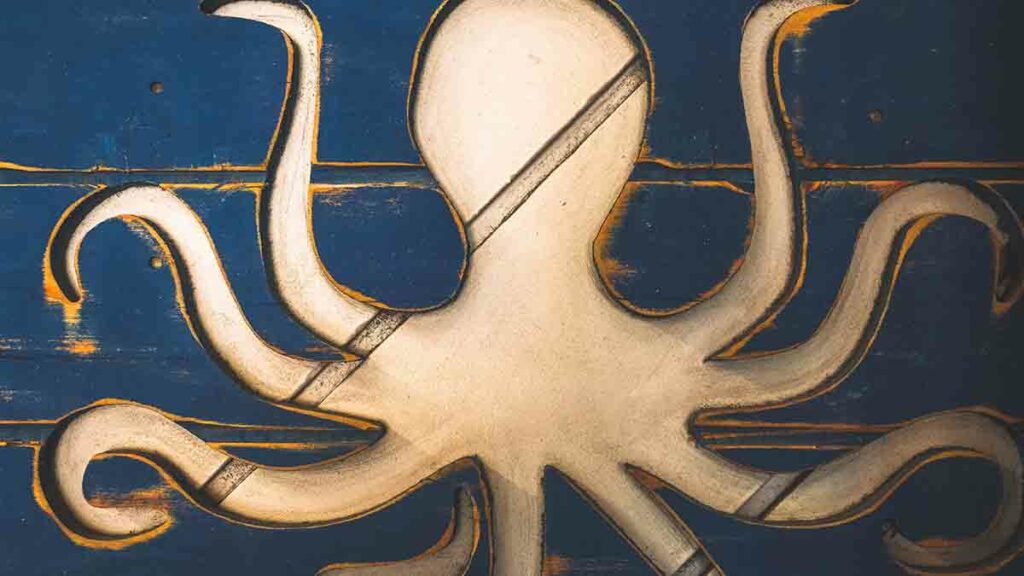Second entry of the new series of posts focused on the discovery of 5 creative typologies. This time, we talk about the so-called bisociative creativity, the creativity of the nemesis.
Nowadays, antiheroes are very relevant in general. Why? Because their visions and proposals are very attractive since, deep down, their positions have some reason. A good example of this is the Joker.
Bisociative, the creativity of the nemesis
I have always been amazed by the dualities that life gives us. The sun and the moon, the day and the night, the good and the bad, the easy and the difficult? Something interesting thing is that these scenarios have value because of their contrast. The hero and the anti-hero, coming together, realize that they have more in common than they think. They are both fighting for the same thing in some way, but from different sides.
Bisociative creativity is based on two ideas that are, apparently opposites, coming together to create a new one with the capacity to generate solutions. So here are a few tips for using this type of creativity:
- Look for rational ideas and confront them with ideas that come from intuition.
- Write down your dreams and ideas that come suddenly (spontaneous creativity).
- Brainstorm ideas without stopping to think about how good they are.
- Be flexible with ideas and don’t kill them as nonsensical
- Perform creative activities without being under pressure, outside of your workplace

Bisociative creativity is a concept developed by the Hungarian writer and scientist Arthur Koestler
This author proposed the theory in his book “The Act of Creating” (1964). As mentioned above, the central idea is that creativity arises when two seemingly unrelated ideas or concepts are combined in a new context or conceptual framework. Koestler argued that creativity is not simply the generation of new ideas out of nothing, but the reorganization of existing ideas in unexpected and surprising ways.
A classic example Koestler gives is the joke. A joke is creative because it takes two sets of (seemingly unrelated) ideas and combines them in an unexpected and humorous way.
Bisociative creativity is relevant in a variety of fields, such as art, literature, science, and problem solving. By seeing connections between things that seem unrelated at first glance, individuals can generate novel and original ideas.
Photo credit: KM